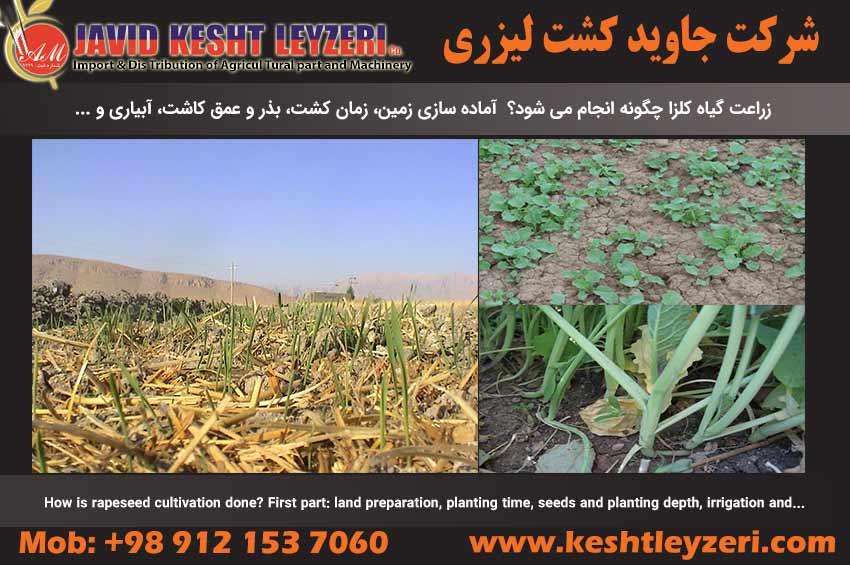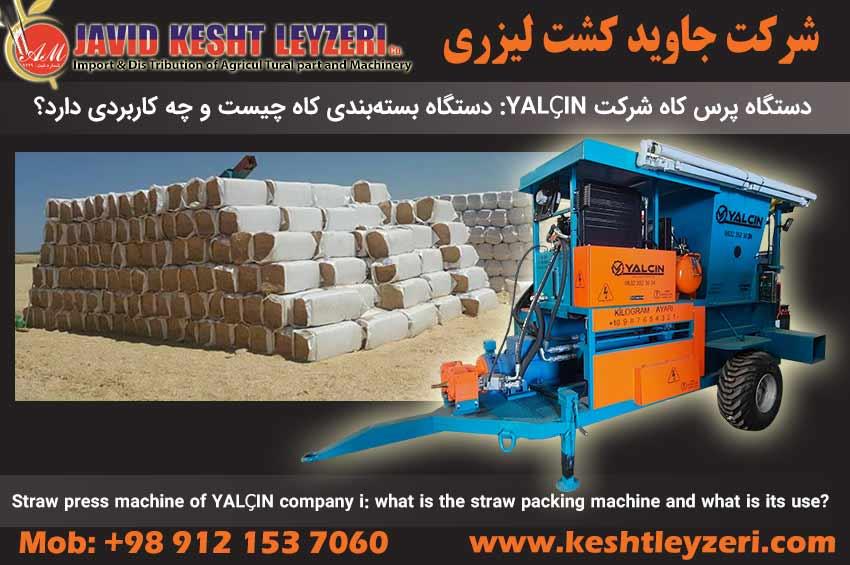
How is rapeseed cultivation done? First part: land preparation, planting time, seeds and planting de
javid keshtleyzeri Co.ltd
Section Contents:
How to Prepare the Soil and Plant Canola?
When is Canola Planted?
Seed and Planting Depth for Canola:
How is Irrigation Done for Canola Farming?
Significant Considerations in the Germination and Greening Stage of Canola:
Further Exploration of the Above Topics.
-
Land Preparation and Canola Cultivation: Canola cultivation is usually done in rotation with fall cereals, often following wheat. After harvesting the previous crop's straw and chaff, it's crucial to clear the field of residues, facilitating their decomposition in the soil using heavy disk harrows. Adding 50 kg of urea per hectare to the soil and irrigating accelerates residue decomposition. This process increases soil aeration and prevents canola seeds from coming into contact with soil particles, hindering seed imbibition. Given canola seeds' small size, preparing an optimal seedbed is essential for high fertility.
Before soil preparation, if the previous crop residue hasn't been irrigated for decomposition, this should be addressed. Fifteen to twenty days before cultivation, the targeted field should be irrigated. Pre-planting irrigation offers two significant advantages: penetrating the soil during plowing with a moldboard plow, preventing clod formation and ensuring soil tilth. Additionally, wheat seeds and other weed seeds from the previous cultivation become green after irrigation, allowing them to be controlled during subsequent plowing, often eliminating the need for herbicide spraying.
Considering canola's deep root development, plowing should be deep and uniform using a moldboard plow. After leveling the ground, phosphorus and potassium fertilizers, preferably potassium sulfate, are evenly spread across the field surface and mixed with a disk.
Conducting irrigation before land preparation helps control the growth of weed seeds and volunteer wheat resulting from combine harvest residues.
-
Canola Planting Timing: Planting date is a crucial factor affecting canola plant growth and seed production. The most influential factor in canola's growth and seed production is the planting date. Delaying planting is challenging to compensate for since canola plants need to have a minimum of six to eight leaves before the onset of winter. Therefore, the recommended planting dates for canola in moderate and cold regions are from September 15 to October 5, gradually decreasing in temperature over time in warm regions. Planting delay significantly reduces canola seedling growth, hindering the plant's ability to grow adequately.
-
Seed and Planting Depth: Canola can be sown using grain drills. Considering the small size of canola seeds, the grain drill should be adjusted to place the seeds on the soil surface at a depth of 1 to 2 centimeters. Deep planting not only reduces green cover on the field surface but also leads to weak seedling growth in canola. The amount of seed consumption and planting depth are regulated by precise adjustment of the grain drill. Seed consumption is 4 kg per hectare for hybrid fall varieties, 5 kg for hybrid spring varieties, and 6 kg for other open-pollinated varieties. The reduced seed consumption in hybrid varieties is attributed to larger seed size and weight per thousand seeds compared to other varieties. Excessive seed usage increases canola's susceptibility to frost, reduces branching, and enhances lodging across the field surface, diminishing overall yield. The ideal density for hybrid varieties is 40 to 50 plants per square meter, while for other varieties, it is 60 to 80 plants per square meter.
High density and excessive stem elongation in the fall increase susceptibility to frost.
-
Canola Irrigation Practices: Immediate irrigation is necessary after seeding. The first irrigation is essential for softening the soil and facilitating canola seedling emergence. Four to five days after the first irrigation, a second irrigation is carried out to prevent waterlogging, seed washout, and buried seeds beneath chaff and sediment.
If the second irrigation is not performed, the soil surface crust can impede seedling emergence.
-
Significant Issues in Germination and Canola Greening Stage:
Issue Cause Considerations Lack of green color in a row Some seed tubes in the seed drill were clogged during planting Examine the condition of seed tubes and seed drop regularly during planting Sporadic lack of green color Loss of plants due to birds and pests such as larvae of wireworms, cutworms, etc. Check inappropriate seed-soil contact due to cloddy seedbed, excessive residue of straw and chaff, uneven soil surface during furrow irrigation, intense wind during rainfall irrigation, soil surface crusting due to compaction, and check for chaff Lack of green color throughout the field Weak seedling emergence - Inappropriate seed-soil contact, residues of some previously used herbicides, deep seeding, weak seed germination power Check soil particle conditions, attention to herbicide persistence in the soil, continuous control of planting depth, at the time of seeding Examining soil particle conditions, considering herbicide persistence, and controlling planting depth during seeding are essential for addressing these issues.






